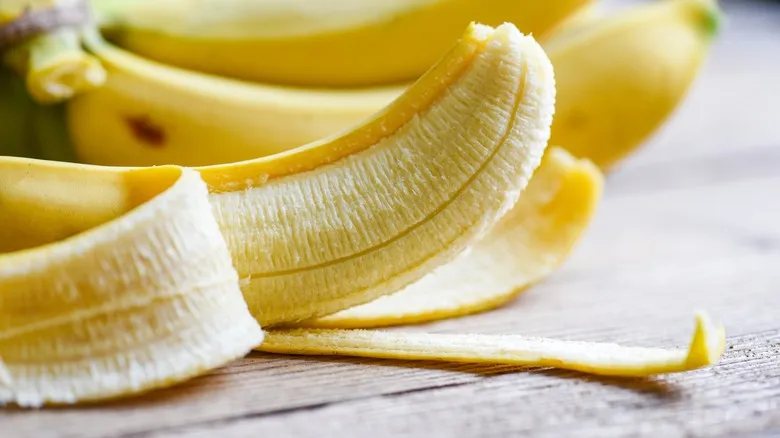Is Trader Joe's banana price a bargain?

How does the price of 19 cents per banana stack up against the cost per pound? One important factor to consider is weight. The weight of bananas can vary based on several elements, such as the banana variety, the time of harvest, and their ripeness. In the U.S., the majority of bananas consumed are of the Cavendish variety, the classic yellow banana. Typically, it takes about three of these bananas to equal a pound. The average price for bananas in the U.S. is around 63 cents, which translates to approximately 21 cents per banana. Whole Foods Market offers a pound of bananas for 69 cents, meaning if you get three bananas in that pound, the cost comes to about 23 cents each. In both cases, Trader Joe's price for a single banana remains the lowest.
Trader Joe's has maintained its price of 19 cents per banana for nearly 25 years without any increases, even during times of inflation. Is a price hike on the horizon? While the chain has not indicated any upcoming changes, the U.S. Bureau of Labor Statistics suggests that inflation could raise the price per banana to 35 cents today, making it significantly pricier than purchasing by the pound. But we won't spill the beans to Trader Joe's if you don't!
Why sell the single banana?
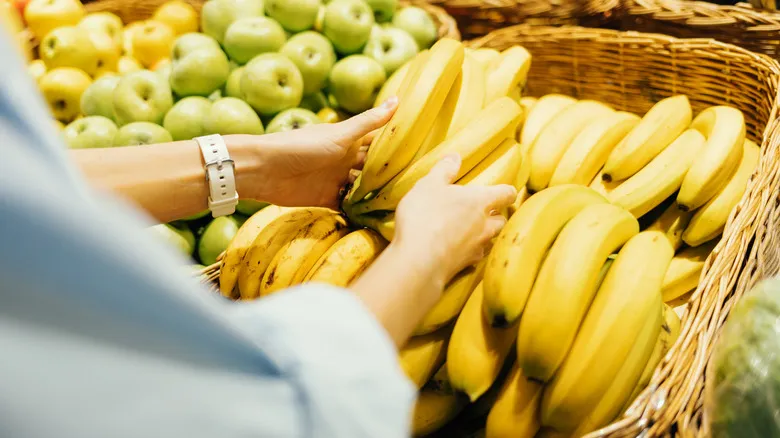
Similar to other grocery stores, Trader Joe's initially sold bananas by weight. However, as any loyal customer will tell you, Trader Joe's stands apart from the rest. In the inaugural episode of the podcast *Inside Trader Joe's*, former CEO Dan Bane shares that the company transitioned to selling bananas individually in the 1990s. Prior to this change, to avoid the need for scales in their stores, Trader Joe's would weigh and package banana bundles at their warehouses before distributing them to retail locations. The turning point came when Bane asked an older customer why she chose not to purchase a pack of bananas and received the witty response, "Sonny, I may not live to that fourth banana." This prompted him to realize that selling bananas individually would enhance the shopping experience for customers. The company took note and adopted the more straightforward and budget-friendly approach of per-banana pricing, which has remained at 19 cents ever since.
A hand (the technical term for a cluster of bananas) typically consists of six or more bananas. While Trader Joe's humorous customer was joking about her age, the underlying concern for her and many banana enthusiasts—who often have a specific ripeness preference—is that prepackaged bananas can lead to excess waste on either end of the ripeness spectrum. Although there are plenty of delicious ways to use overripe bananas, Trader Joe's cleverly addressed this issue by encouraging shoppers to separate the cluster and select only the number of bananas they desire, prioritizing convenience—even if it means the chain sacrifices some profit with this pricing strategy.
Recommended
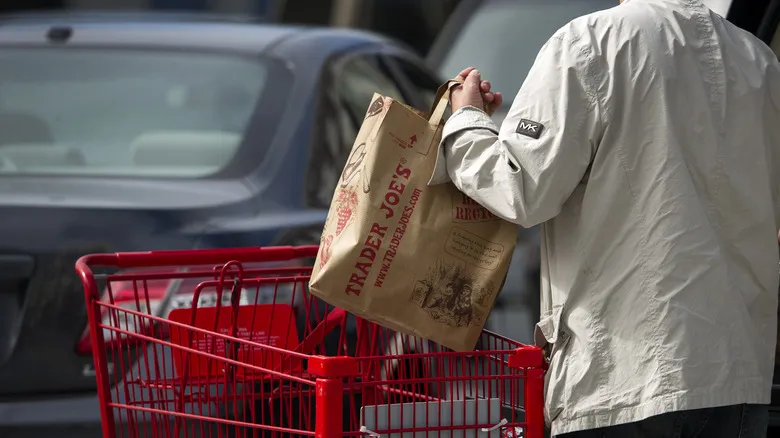
The Best Trader Joe's Products Of 2024, According To Its Customers
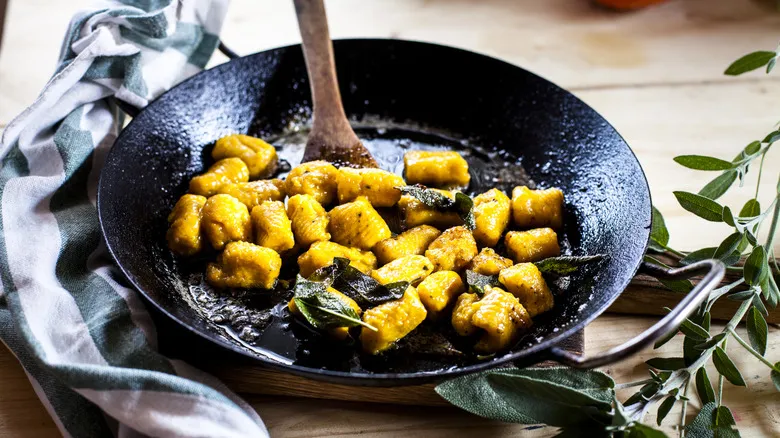
The Way You Should Be Cooking Trader Joe's Cauliflower Gnocchi

Why You'll Never See A Self-Checkout Lane At Trader Joe's
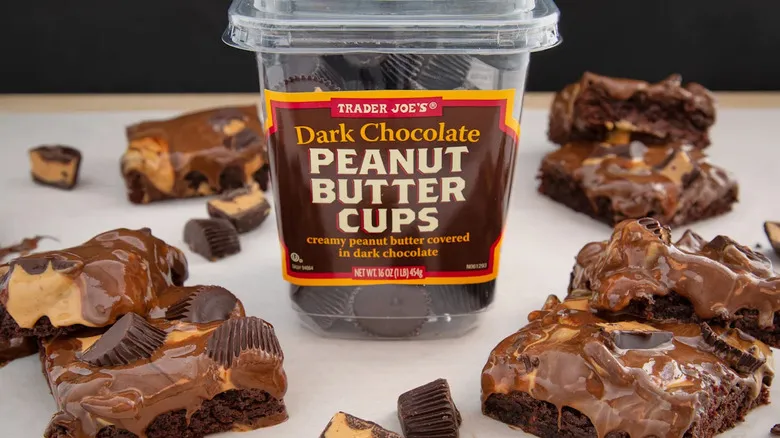
The Reason Trader Joe's Peanut Butter Cups Taste So Good
Next up

